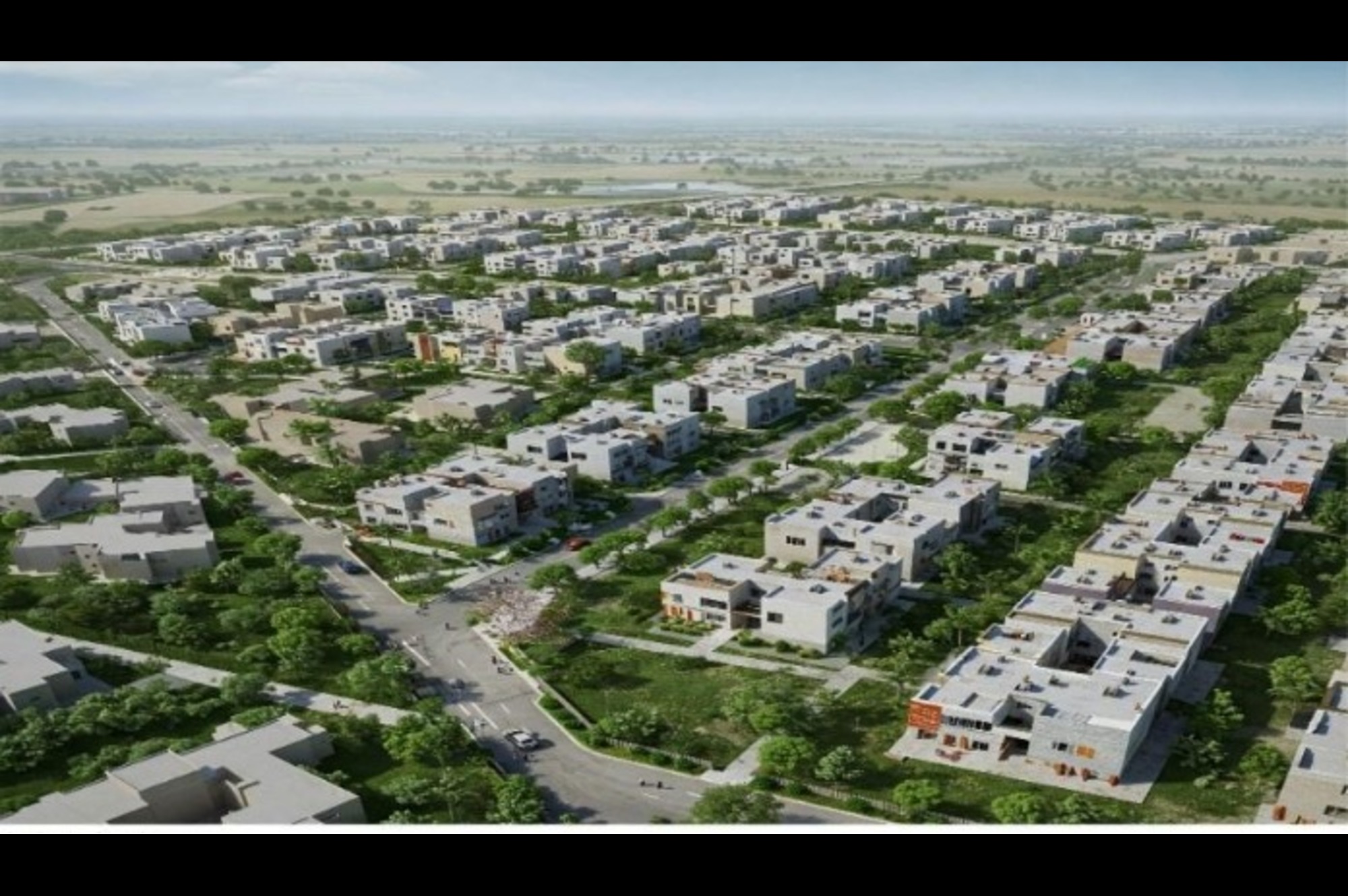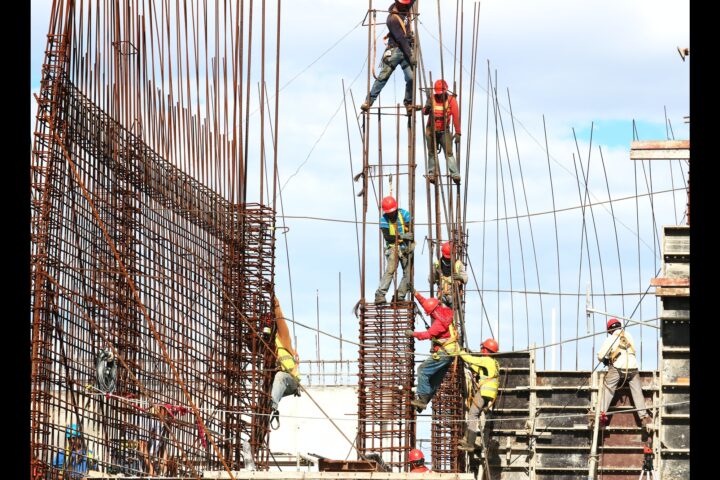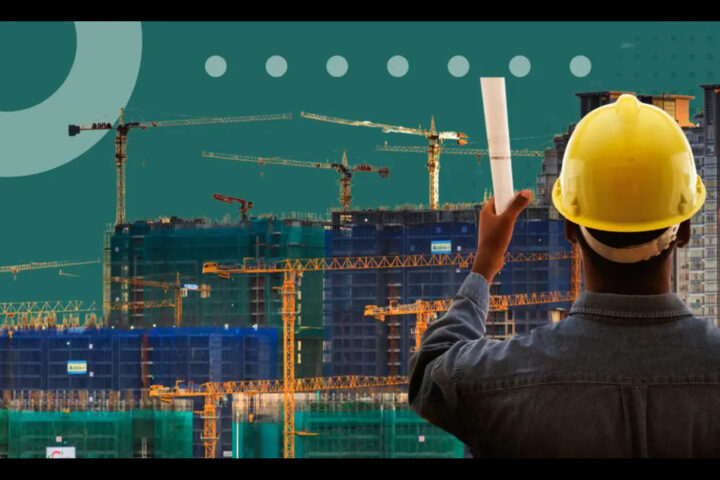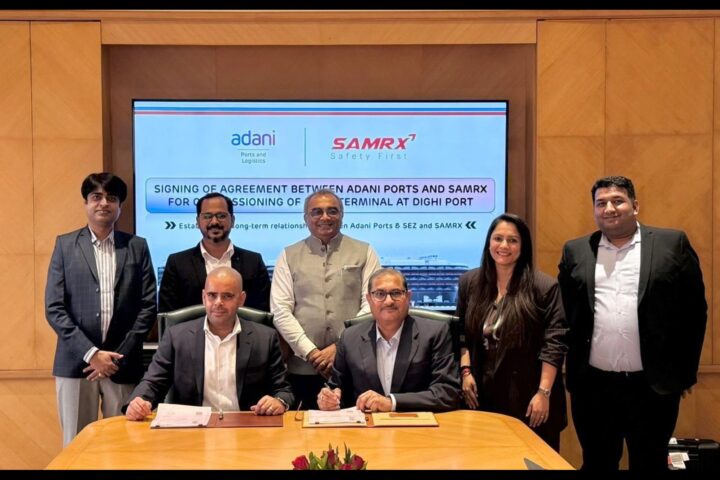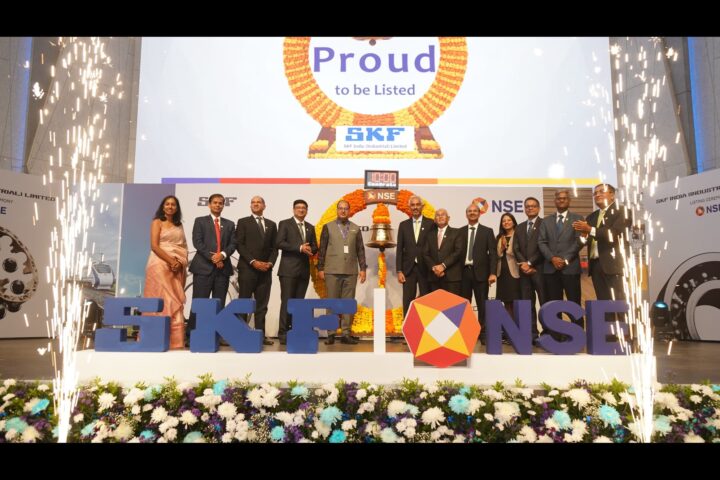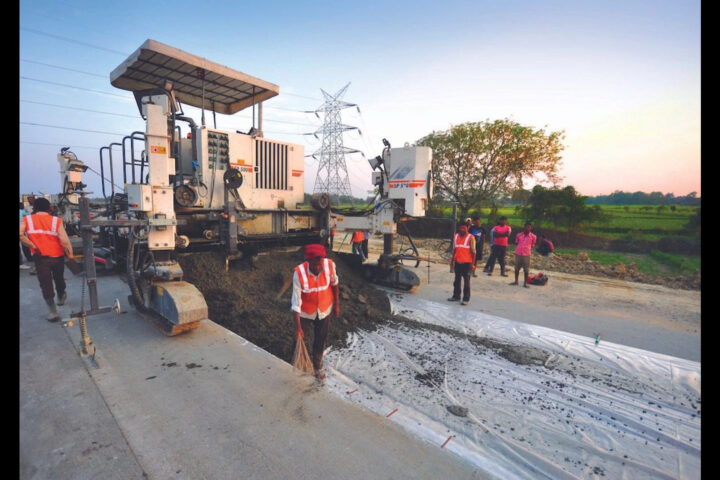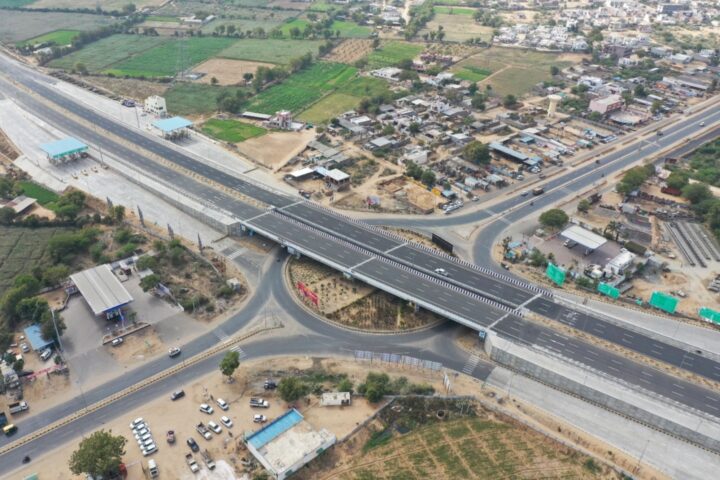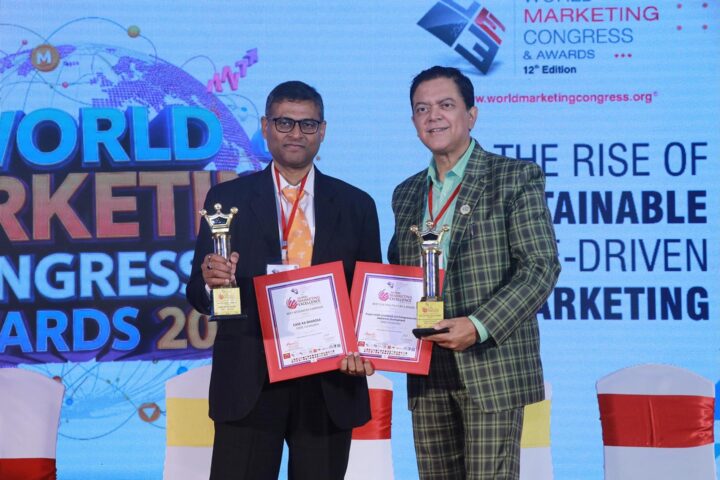by Himmat Kumar, General Manager – Urban Water & Hydropower Project, Rodic Consultants
At dawn, the railway platform in Indore is abuzz not only with the travellers, but with laptops and coded dreams. Far from the skyline of Mumbai or the traffic jams of Bengaluru, a vibrant new India is rewriting its urban story in cities once called “secondary.” The real revolution is echoing through the streets of Banaras, the art alleys of Kochi, and the cyber cafés of Vizag where the new growth story is being quietly scripted.
There was a time when India’s urban narrative revolved around the bustling metros including Mumbai, Delhi, Chennai, and Bengaluru. While these cities have long been the epicentres of economic activity, innovation, and migration, many tier-II cities such as Lucknow, Bhopal, Indore, Amritsar, Coimbatore, Jaipur, etc, is rapidly emerging as the new frontiers of India’s transformation. These cities are rewriting the rules for sustainable growth, infrastructure investment, and quality of life.
And this transition is not a demographic trend. It is a strategic imperative, driven by a convergence of policy support, infrastructure investment, digital connectivity, improved lifestyle, and a new generation of talent that prefers quality of life over the chaos of megacities. A report by the Confederation of Indian Industry (CII) and The Economic Times suggests that Tier-II cities will contribute significantly to the country’s economic future, with a focus on job creation and inclusive growth.
Power, Infrastructure, and Urban Opportunity for Smart Growth
The first pillar of this transformation is a fundamental rethinking of urban planning. The government’s Smart Cities Mission which aimed to develop 100 cities, serves as a powerful case study. According to the data by Ministry of Housing & Urban Affairs, over 94–95% of ~8,000 Smart Cities projects are now complete. Over 7,500 major projects spanning integrated command centres, smart transport, digital water and waste management, and green spaces are operational, enhancing city administration and sustainability.
Today’s urban planning blueprint emphasizes on area-based development by creating neighbourhood-level models that combine smart housing, multimodal transport, digital access, green infrastructure, and community amenities. All 100 Smart Cities have functional Integrated Command and Control Centres (ICCC), which leverage real-time data to optimize city services, manage disasters, and support evidence-based policy making.
Another government initiative which is the backbone for getting Tier II cities the basics that make “smart” possible is the Atal Mission for Rejuvenation and Urban Transformation (AMRUT). Launched in 2021, AMRUT 2.0 targets universal household tap water in all statutory towns and expands sewerage/septage to the original 500 AMRUT cities and most of them are Tier II and III growth centres.
Besides, tier-II cities are ideal for the implementation of rooftop solar installations, local microgrids, and even small-scale hydropower projects, where applicable. This approach not only enhances energy security and resilience but also promotes the use of renewable sources, directly contributing to India’s climate goals. Moreover, many Tier-II cities are located near rivers and in hilly terrains, making them ideal candidates for small to medium-scale hydropower projects. Unlike large-scale projects that can have significant environmental and social impacts, these smaller, run-of-the-river projects are more sustainable and can be developed closer to the point of consumption, further reducing transmission costs and losses.
Digital Connectivity and Human Capital
Urban transformation is the compounding effect of digital connectivity meeting human capital. Fuelled by broadband penetration and remote/ hybrid work policy, India’s Tier II cities are emerging as powerhouses, attracting talent and investment at an unprecedented pace. Shattered the geographical barriers that once confined many to metros, a professional can now do his or her from their hometown while enjoying a better work-life balance at a significantly lower cost of living.
Furthermore, tier II cities, are rapidly emerging as attractive destinations for Global Capability Centres (GCCs) expansion. This shift is a deliberate strategic move driven by compelling advantages these emerging hubs offer like developing infrastructure, lower cost of living etc.
Historically, a lack of robust infrastructure was a deterrent for businesses considering tier II cities, however, this scenario is changing rapidly. The Indian government, along with state governments, has made significant investments in developing infrastructure in these emerging urban centres. Plus, high-speed internet and reliable power supply is providing the necessary foundation for India’s shifting economic geography.
Powering A Sustainable Future
While tier-II cities present a unique opportunity, planned growth remains vital. Balancing rising density and affordability with water security, transport, quality lifestyle, and disaster resilience will require holistic vision and stakeholder collaboration. It is important to understand that Tier-II cities are not the footnotes to metro India; they are the control group for how India can build right the first time.
The playbook is practical. Apply expertise in engineering, digital innovation, and sustainable development to ensure that these cities not only become economic powerhouses but also emerge as global benchmarks for smart, green, and inclusive urban living. This is the new frontier, and it’s a journey India must approach with both ambition and a profound sense of responsibility.


